Images all look the same? Need some inspiration? Inject new life into your photography with these eight great ideas.
1. Try a zoom burst
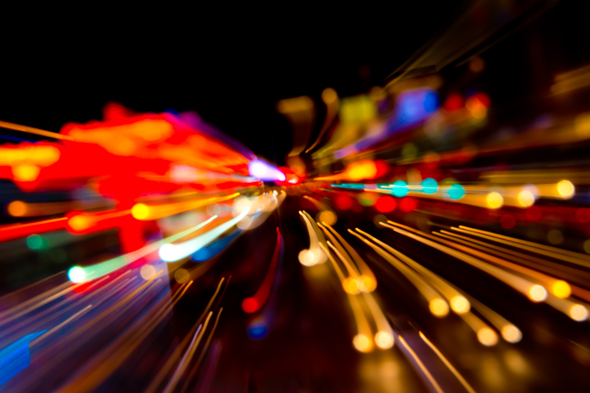
Zoom bursts may be seen as tacky and something that’s easily achieved in software, but when done well in camera the results can look spectacular. You don't even need a lens with a particularly wide zoom range - a kit lens will do fine - although a sturdy tripod or similar support is ideal to help keep the camera steady. Practicing a few times will help you work out the focal lengths between which you need to travel, as well as the ideal length of the exposure. A shorter exposure will be easier to control although a longer one may result in the more pronounced effect you're after.
2. Get down low
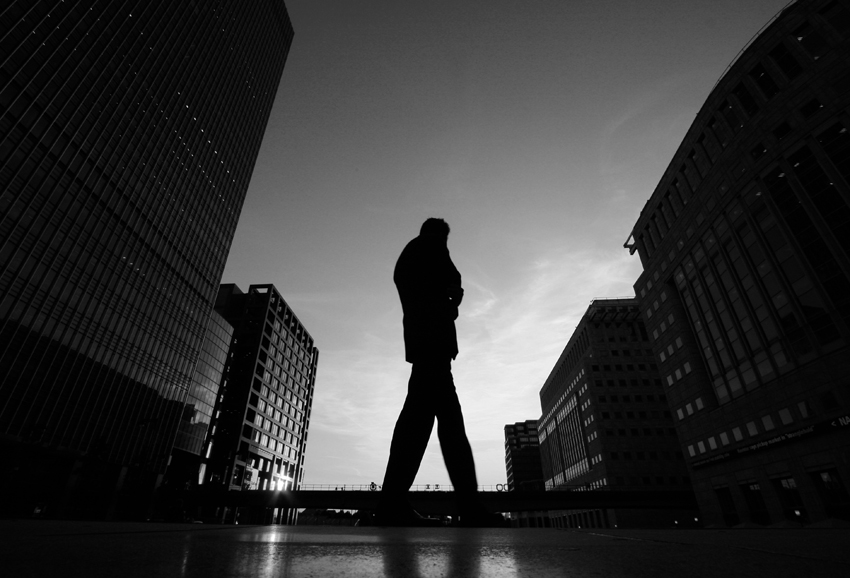
If you only ever tend to capture images from head height, this will help you to look for different subjects and add a range of new images to your portfolio. It works best if you have a camera with an articulated LCD screen although it's not essential. If you're using a DSLR, turn on your camera's live view function and activate the levelling function (if there is one) to help keep your camera straight. Take a test shot or two to calculate the correct proportion of the ground to the subject, maybe placing a lens or body cap under the lens to lift the camera a touch while keeping it stable. Maybe even combine it with a long exposure to make it even more interesting?
3. Choose a colour as a theme
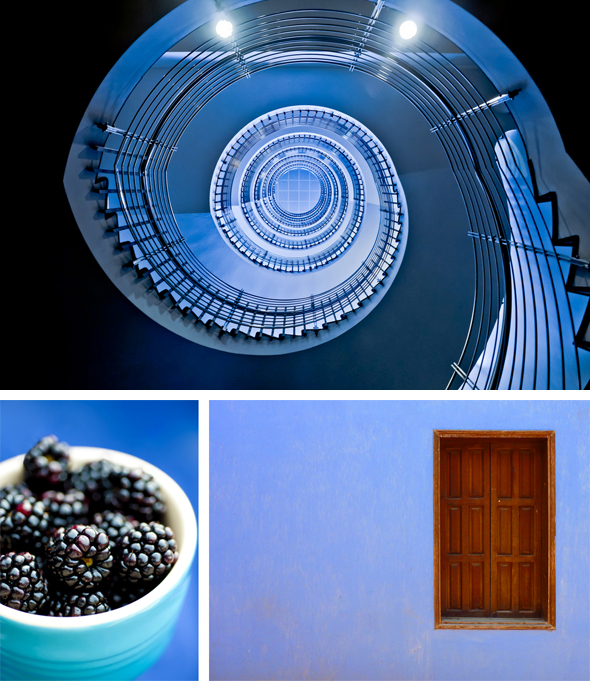
Choose a colour and commit yourself to seeking out subjects only in that colour, or scenes in which it predominantly features. You could pick a different one each week for a few months, or change each month over the course of a year - either way, by the end of it you'll have a range of different images that are tied not by genre but simply by their colour. With these images you could create a photobook divided up into section for each colour, or even use it as a theme for a personal website.
4. Use bad weather to your advantage
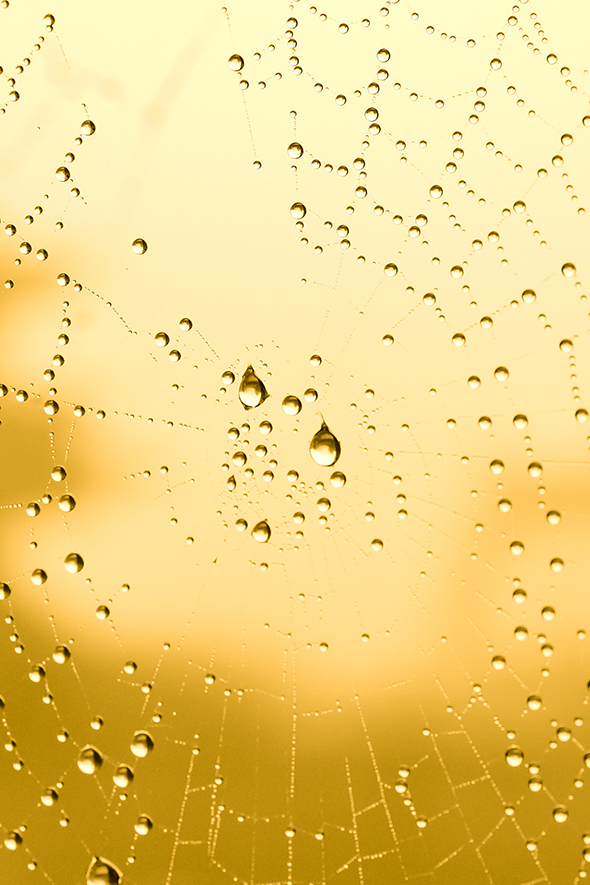
While there are obvious reasons why you shouldn't be using expensive cameras and other equipment in inclement conditions, that doesn't mean you can't use these situations to your advantage. How about a macro or close-up shot of some water droplets? Or a high-contrast, mono capture of a subject reflected in a puddle? You may even be lucky enough to catch a rainbow while you're out! So don't let bad weather put you off - wait for it to clear before going in search of something different.
5. Try an indoor project with regular household items
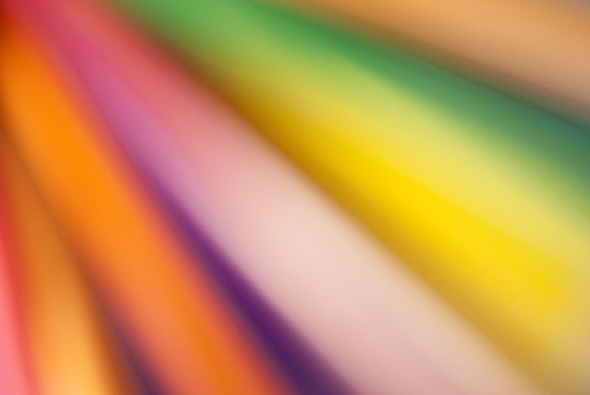
When looking for something to photograph, many of us overlook what’s immediately in front of us. Ordinary household items may not inspire at first, but when captured in an unconventional way that can all change in an instant. Simple subjects such as cutlery, for example, can work very well in black and white, where appropriate use of lighting can highlight form or create interesting shadows. You may want to focus on unusual details with a macro lens or exploit a subject for its colour alone; the image above, for example, was achieved with nothing more than a handful of crayons and defocused macro lens.
6. Use the 'wrong' lens
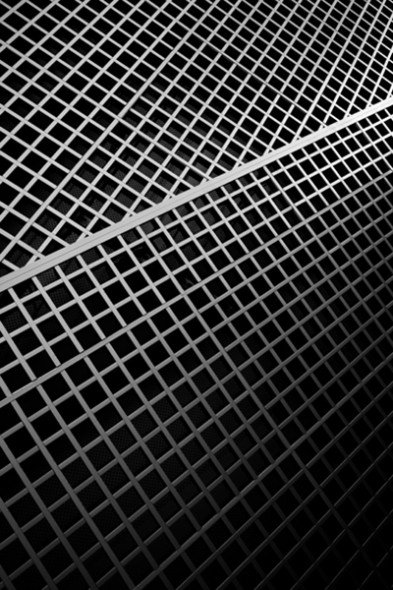
If you're planning on shooting a landscape you'll naturally reach for a wideangle lens, in the same way that you'll grab a telephoto optic when shooting a deer, bird or other animal in the distance. But how about forcing yourself to approach things differently with a less obvious lens choice? Architectural photographers can swap their tilt-shift lenses for a telephoto alternative to help them pick out the details in a building, while portrait photographers may opt for a wideangle lens to contextualise their subjects rather than a medium telephoto to isolate their face. The key is to find a connection between a subject and a seemingly unsuitable lens — so pick at random and get thinking!
7. Turn off your autofocus and go abstract

We all take autofocus for granted, so much so that it’s hard to believe that it’s only been a standard feature on commercially available cameras since the 1980's. But why should every image be in focus? Switching to manual focus and deliberately defocusing the lens can yield interesting abstract results, particularly when combined with in-camera filters. Try it with reflective subjects or on a sunny day when the presence of lens flare can add another dimension to your images.
8. Reverse your lens
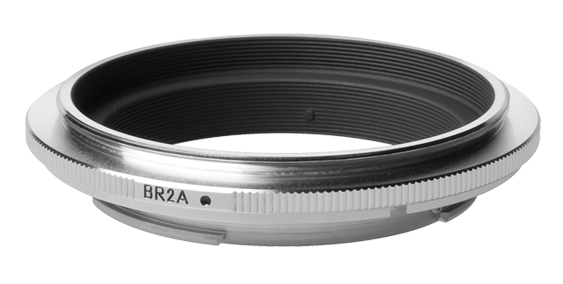
No macro lens? No problem! Did you know that you can reverse-mount many lenses on your camera to achieve a high magnification? All it takes is a simple reversing ring that screws into the filter thread of your lens. This is a much cheaper option to a dedicated macro lens, and as the electronic connection between your camera and the lens is no longer there, you're free to use lenses designed for other systems. Naturally there are a few drawbacks, such as a set focusing distance, no autofocus and having to set the exposure manually, but those willing to experiment will love what this allows.
Have you recently adopted any new ideas to help you get different images? Let us know below if you have!

